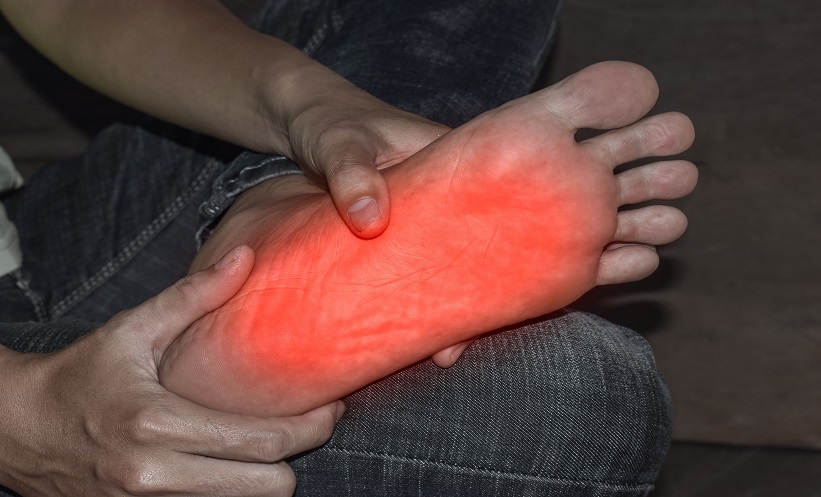Higher BMI is associated with an adverse metabolic effect and a higher risk of Type 2 diabetes mellitus (T2DM), heart disease, and hypertension. However, there are some obese individuals who will not develop T2DM throughout their lives. Age, sex, ethnicity, and physical activity are factors that make two people of the same BMI have different risks of T2DM. Another important factor is genetics; recent genetic studies have identified seven genetic variants associated with ‘favourable adiposity’, which refers to alleles associated with higher body fat percentage but lower risk of T2DM, hypertension, and heart disease.1-4 Examples of these variants are in PPARG and IRS1. We aimed to identify more of these genetic variants and use genetics to understand the underlying mechanism of favourable adiposity.
We designed a three-step study to identify genetic variants associated with ‘favourable adiposity’. First, we used data from the UK Biobank, a single cohort of 500,000 men and women. These individuals were sourced from different study centres within the UK and were aged between 40 and 69 years at baseline. We identified genetic variants associated with adiposity (as measured by body fat percentage using a Tanita analyser). Secondly, we tested genetic variants associated with adiposity against a multivariate metabolic outcome using data from published genome-wide association studies (GWAS). We identified favourable adiposity variants as those with a favourable effect on metabolic biomarkers; alleles associated with higher adiposity are associated with higher high density lipoprotein cholesterol (n=99,900),5 higher adiponectin (n=29,400),6 higher sex hormone binding globulin (n=21,800),7 lower triglycerides (n=96,600),5 lower fasting insulin (n=51,800),8 and lower alanine transaminase (n=55,500).9 We used data from the UK Biobank to find the impact of favourable adiposity on metabolic diseases and used the published GWAS of subcutaneous and visceral fat distribution, as measured by computed tomography (CT) or magnetic resonance imaging (MRI),10 to understand the underlying mechanism.
We identified 15 genetic variants associated with ‘favourable adiposity’, including seven known variants in or near PPARG, LYPLAL1, GRB14, IRS1, PEPD, FAM13A, and ANKRD55. Carrying additional ‘favourable adiposity’ alleles was associated with a higher BMI (n=382,902), but a lower risk of T2DM (12,333 cases versus 370,112 controls), a lower risk of hypertension (79,586 cases versus 307,602 controls), and a lower risk of heart disease (32,105 cases versus 275,037 controls). These effects were similar when we removed the seven known ‘favourable adiposity’ variants from the analysis. Carrying more ‘favourable adiposity’ alleles was associated with a favourable body shape in women (associated with a lower waist but a higher hip circumference). However, in men, ‘favourable adiposity’ alleles were associated with fat all over the body (associated with a higher hip and waist circumference). ‘Favourable adiposity’ alleles were associated with higher levels of subcutaneous adipose tissue and a lower visceral-to-subcutaneous adipose tissue ratio in both men and women. The p-values in all the analyses were <1×10-10.
Our genetic study suggests that the underlying mechanism is through better ability to store fat in a suitable location within the body (subcutaneous adipose tissue).







